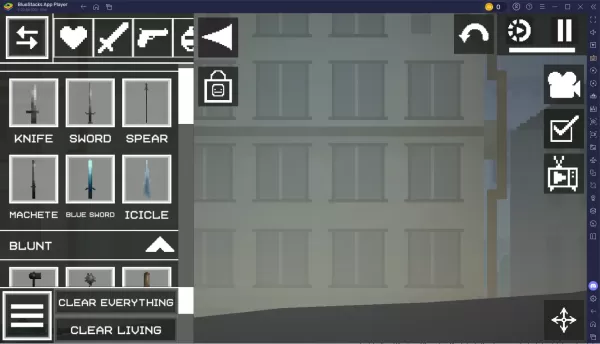Melon Sandbox is a dynamic, physics-driven sandbox game that empowers players to build, break, and experiment in limitless ways. With its intuitive drag-and-drop interface and realistic object interactions, the game offers endless creative potential—from crafting wild contraptions to staging chaotic battles. Whether you're just starting out or looking to refine your skills, mastering a few key strategies can significantly enhance your experience. For newcomers, we recommend checking out our Melon Sandbox Beginner’s Guide to get up to speed quickly.
Tip #1: Master the Core Gameplay Mechanics and Controls
Before diving into complex builds, take time to understand how Melon Sandbox works. The game uses a simple yet powerful drag-and-drop system where you place melon characters, weapons, tools, and environmental props onto your stage. Thanks to its robust physics engine, every object behaves realistically—so precision matters.
- Use the Object Library efficiently: Learn where items are grouped—this saves time when setting up scenes.
- Get comfortable with basic controls: Practice moving, rotating, resizing, and deleting objects smoothly.
- Leverage the Pause feature: Keep your setup stable by pausing the simulation while arranging elements—this prevents premature collapses or unintended interactions.

Tip #5: Explore Community Maps and Creations
One of Melon Sandbox’s biggest strengths is its active and creative player base. Dive into user-generated content to spark inspiration or simply enjoy pre-built challenges and machines. Many players share custom maps, weapon packs, character skins, and intricate contraptions via platforms like Steam Workshop and community forums.
- Download and test mods to expand your in-game options.
- Always check compatibility notes—some mods may not work after a game update.
- Follow installation instructions carefully for smooth integration.
For an even better experience, consider playing Melon Sandbox on PC using BlueStacks. With a larger screen, keyboard, and mouse support, you’ll enjoy greater control, smoother performance, and more precise placement—perfect for building detailed setups or testing complex physics interactions.







![Chubby Story [v1.4.2] (Localizations)](https://images.737c.com/uploads/85/1719638042667f981a5e9f8.jpg)

